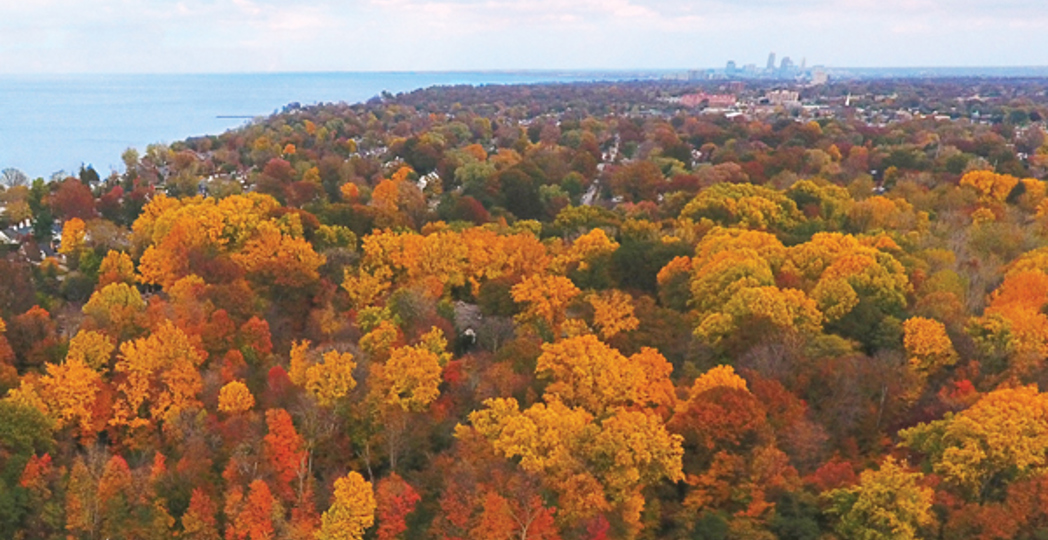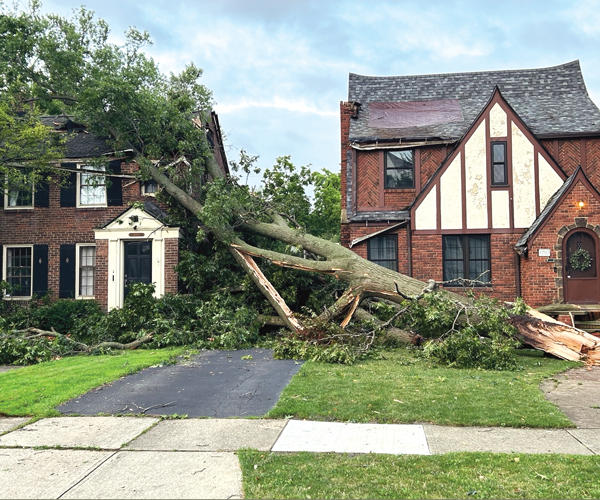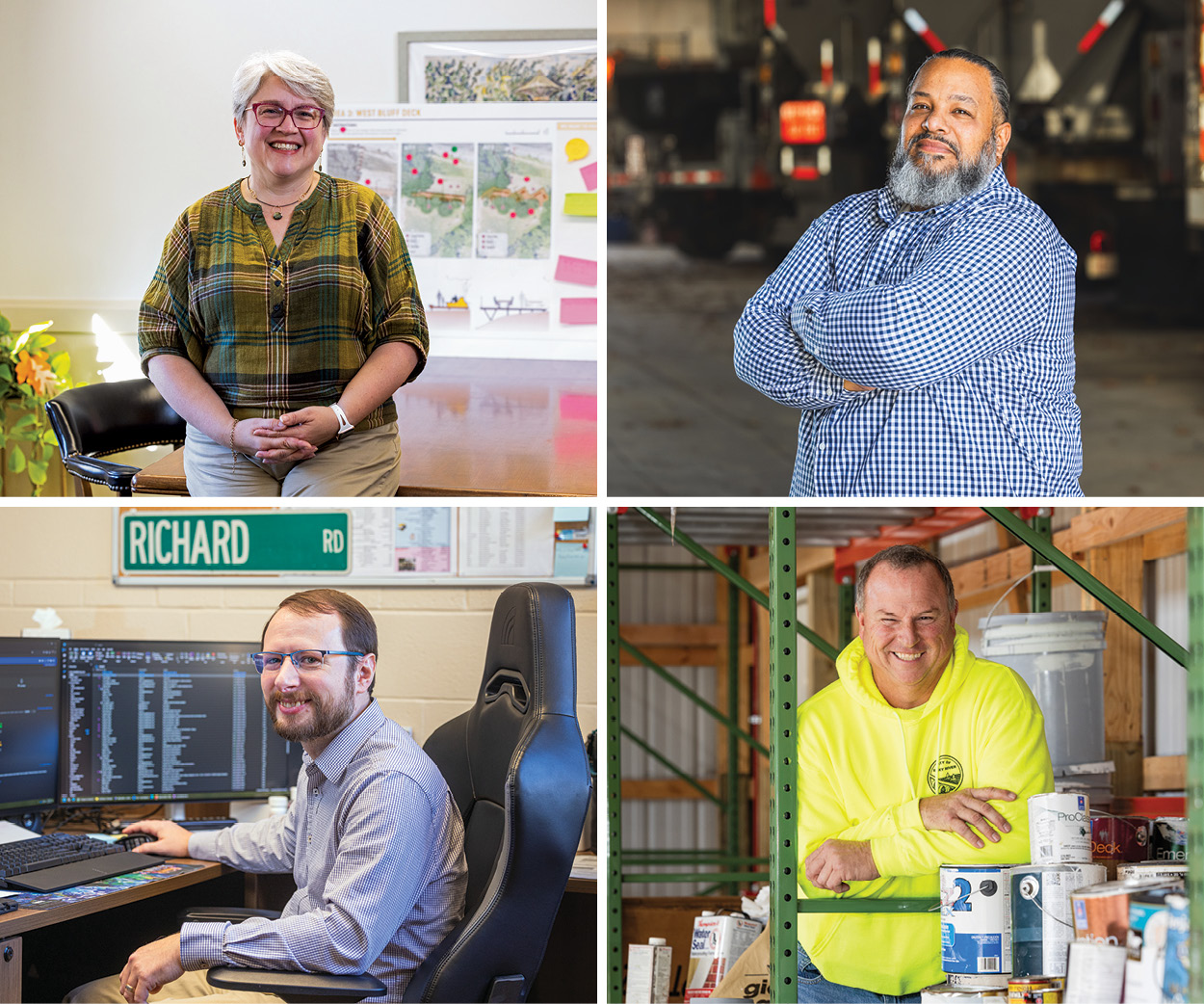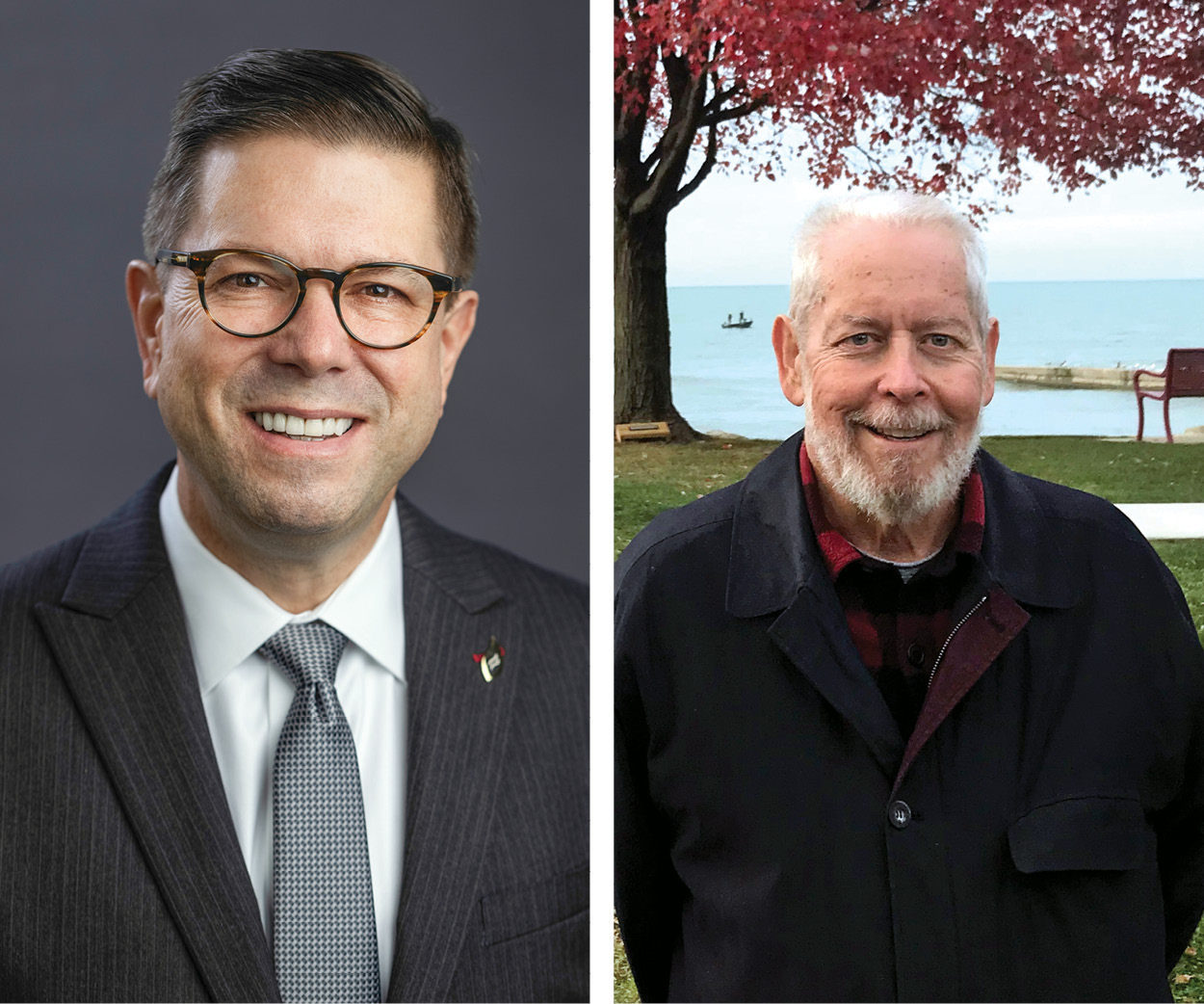More Trees, Please: Rocky River's Strategy for a Sustainable Future
For the 40th consecutive year, Rocky River is a Tree City USA and earned the honor of hosting this year’s awards ceremony.
by Kristen Hampshire — Partnership Content | Jan. 18, 2024 | 5:00 AM

Courtesy Rocky River Recreation
“The best time to plant a tree was 20 years ago. The second-best time is today.”
Albert Einstein said it, and the city of Rocky River lives it with a longtime commitment to preserving and enhancing its urban forest and tree canopy. In April 2024, the city will receive the Tree City USA designation for the 40th consecutive year, a recognition from the Arbor Day Foundation and Ohio Department of Natural Resources Division of Urban Forestry. It’s also the eighth year in a row in which the city earned a Growth Award, an honor attained by select communities that demonstrate a higher level of tree care and public engagement, says Rich Snyder, the city’s director of public safety-service.
“Trees are the only infrastructure that appreciate in value,” Snyder points out, naming some of their many benefits: cleaning the air, filtering stormwater, combating climate change and increasing property value. According to the Arbor Day Foundation, trees can increase home value up to 15%.
Digging In
Planting and caring for trees have always been priorities for Rocky River, and about a decade ago, the city ramped up its efforts, says Snyder, who holds a degree in natural resources. He completed a four-part ODNR program called Tree Commission Academy, a deep dive into arbor biology and canopy management.
“It helped me discover opportunities, because it’s one thing to plant trees and another to manage your urban forest,” Snyder explains. His goal is to plant the right tree in the right place to maximize their potential.
Aiding in this mission, the city received grants for a tree inventory and an urban site index, which involved gathering soil condition information from tree lawns to inform tree selection. With this insight, the city developed a database of areas that can accept new trees. “We also select the right trees for those locations, so it’s a deliberate effort,” Bobst says.
Rocky River is the county’s first city to earn a grant for planting trees on private property, Bobst adds. “By in large, communities have been planting and replacing trees, but where we are seeing tree loss overall is on the private side, and that requires educating people on the benefits, which we are working on,” she says.
This year, Rocky River will host the Tree City USA awards ceremony, slated for the first weekend in May. It will honor the community’s success with urban canopy initiatives. Ohio Cat, which collaborates with the city as a supplier for Caterpillar equipment, is sponsoring the event. Over the years, Ohio Cat has provided the necessary equipment for tree-related projects and other operations. “We work together to take care of the city’s needs for support and advice,” says company President Ken Taylor. “This is a chance to partner with the city on something that is really important.”
For the Love of Trees
From planting to pruning and maintenance, the city’s four certified arborists level up tree care in Rocky River.
“To obtain this professional credential from the International Society of Arboriculture requires continuing education, and it holds our arborists to a higher level of accountability,” explains Rich Snyder, the city’s director of public safety-service.
A team of four credentialed arborists shows a commitment to the urban canopy. “It’s a huge benefit for the community,” says David Arendec, an ISA-certified arborist with the city who also holds tree risk assessment credentials.
Tree work occurs on a daily basis in Rocky River. “From young tree maintenance to large tree removals, we are also completing landscape projects and routine mowing of the city’s parks and properties,” Arendec says. “We are always trying to better ourselves and do what is right for the city for plantings that will last for generations to come,” he adds. “It’s a big responsibility.”
On average, Rocky River plants about 200 trees annually and plans to expand the effort. “We are progressive in our tree planting, and we offer tree assessments on a daily basis,” Arendec says. “If a resident calls and says, ‘My tree doesn’t look so healthy,’ we can take a look. It’s a service we offer.”
Every year, a city team devises a planting game plan. Given the natural cycle of mature trees requiring removal, “we want to fill in those gaps and start a program where we can provide trees to residents to plant on their private properties,” Arendec notes.
This includes education, too. “If we’re planting a tree, let’s help it survive,” he says. “If we do our part, it will provide a great deal of benefits.”
Trending
-
1
-
2
-
3
-
4
-
5










